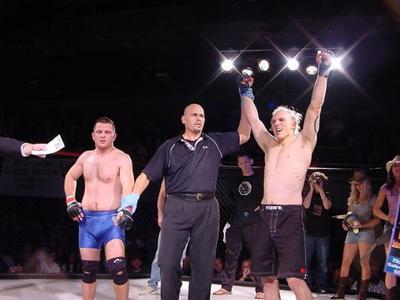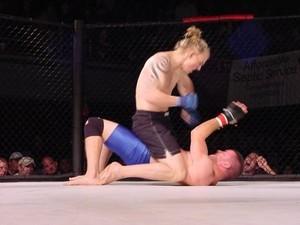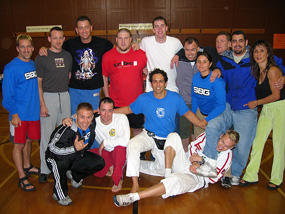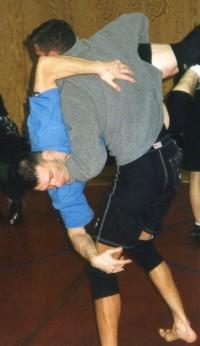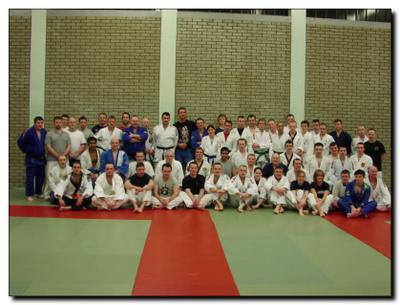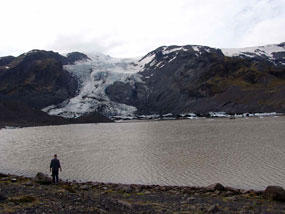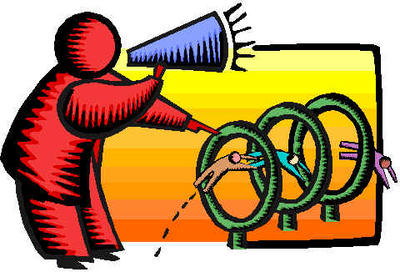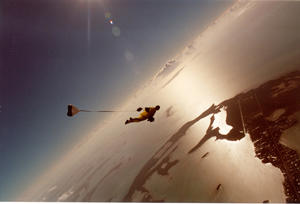I am on my way to Florida in a few hours. I am really looking forward to seeing all my friends and having a great time training and sharing. Much of the material I have been writing about in this blog will be taught in our C4P101class which will be held on Friday for all SBGi staff. I have a couple brief notes before I go. First, huge congratulations to our three athletes that competed MMA this last Saturday in Portland. Here is a note from Tom regarding the event:Team SBG went 3 and 0 on Saturday with EXTREMELY convincing victories by all three athletes: Andy Lukesh, Keisuke Andrew, and Thomas La Cour.All three athletes showed complete dominance while executing tight, technical games. All three matches ended with submissions via rear naked chokes. Andy’s match was 57 seconds. Keisuke’s was 54 seconds. Thomas went 1 minute and 20 seconds. All the guys did an amazing job. Keisuke was defending his title. Thomas won the Middle Weight title by beating the previous champion, Team Quest’s Scott Trayhorn.

Also, let’s hear it for the SBG crowd! ! ! You guys rocked. It was impressive to hear the support and volume that you guys made. It was truly FANTASTIC! ! ! It was a TERRIFIC night for Team SBG. Big congrats to everyone! ! ! You can check out pictures online at http://www.straightblastgym.net/gallery/album28.* * *
Second, SBGi has actually made the encyclopedia! Considering the most recent competition results, with all wins by RNC, it seems fitting : ) I have posted the info at the bottom of this entry.
Have a joyful Halloween. It’s always my favorite holiday.

Coaching 201:
In the last entry I talked about the core principles I use when coaching. These revolve around the three key areas of material, method, and mindset.
Regarding the material, we want to make sure we are working the core fundamentals of the skill set we are training. We want to make sure we train according to the natural order these core fundamentals arise in, and we want to understand how and why they work the way they do; by encouraging critical thinking with our students.
Regarding method, we want to incorporate the three key points: an Alive training method, an athletic environment, and a technical (read smart, read art) approach to how we workout. As I stated many times, we want to make sure we are not patching up holes in our technical game with superior attributes. Instead, we want to make sure we have a highly technical game and superior attributes; a combination that is rare, and rational.
Finally, we talked about mindset and I broke that down according to passion, personality, and play. Passion is the pre-requisite for most all forms of measured excellence. Personality is the driving force behind that passion, and something that should always be expressed individually and uniquely. Play, is what happens naturally when an individual is expressing his or her own self in some form of passionate pursuit.
This is, in short, the optimum balance, the optimum training environment, and the optimum learning environment.
Now I want to speak more specifically towards the actual structure of the class or workout. The nature of the class will be determined by multiple factors. First there is the group you are speaking to, and second there are the stated objectives of the group.
In other words, is this a group of competitive athletes all preparing for an upcoming event?
Is this a group of professionals looking for a task-specific lesson, self-defense, or fitness? Or, is this a group of athlete/hobbyists training for long-term health and a larger sense of well-being? There are all kinds of different options and mixtures.
I have listed four simple types below:
The long-term athlete/hobbyist
The time-specific athlete/hobbyist
The competitive athlete
The time-specific competitive athlete

The main point I would like to make here is that, regardless of what type of individual, and what type of class we are talking about, the coaching 101 material covered in the last entry will remain the same throughout. However, the 201 material will vary according to the different groups you train and those differences are what we will discuss now.
The long-term athlete/hobbyist:
If you run a full-time gym or training group, then the long term athlete/hobbyist will probably be your largest clientele. Anyone interested in ongoing training, but not doing this as a profession, or for a specific event, will fall into this broad category.
The first thing I want to do as a coach is make sure that the individuals feel comfortable, welcome, and safe within the gym. That has a lot to do with your own personality, and the kind of behavior that is modeled and considered acceptable within the group.
I don’t think it is a good idea to allow anyone to join your gym unless you are truly interested in training anyone, regardless of physical ability, age, or gender. If you are really only personally interested in coaching competitive athletes, then only allow competitive athletes. If you don’t restrict membership to the type of person you truly want to work with, then what will inevitably happen is that certain individuals who don’t meet your unstated personal criteria will enroll, but feel uncomfortable, out of place, and, eventually, unwelcome.
This is where a certain amount of introspection and self-honesty within the head coach becomes very important. Do you really want to work with hobbyists? Do you really want a broad-based community of people of all shapes, sizes, ages, and interests?
Let me be clear, I don’t think there is anything wrong with wanting to work with a very specific group.
What I am saying is that, as a coach, you need to follow your bliss, as well. Work with hobbyists, competitive athletes, or any other type of individual, only if you feel it is your real calling and joy.
Making sure you really want to be on that mat, on that floor and with that group, is the best way to ensure an enthusiastic, welcoming, and overall cool vibe within your gym.
Having stated that, here are a few pointers regarding coaching long-term hobbyists.
The first thing to make sure of is that there is a logical progression within your club for the individual to follow. This may mean separating beginners from more advanced athletes, and it may also mean having separate classes for people of different skill levels and different needs. This can be hard to do when your group may be small (30 or less), but it is still important to have those classes listed on your schedule.
The really nice part about the SBGi curriculum and training method is that really advanced athletes can, and do, work with beginners in the same class. This occurs daily within my own gym, and I know it does in other SBGi gyms across the globe, as well. That has a lot to do with the fact that we teach fundamentals in all our classes, so the distinction between beginner and advanced becomes one more of intensity, as opposed to material.
However, even though it is possible and useful to have athletes of all levels work together, due to how we train, it will still be hard to build and advance a group of beginner hobbyists if you don’t have a route specifically designed for them to follow.
Here is a simple Coaching method I use to help facilitate that process. Think of this as a conceptual guide to Coaching at different stages:
101 = ‘I’ method
201 =
1- objectives
2- concepts/pressures
3- games
301 =
1- Objective (or challenge)
2- Questions define the games
3- Students discover & articulate
concepts/pressures
With “I” method mixed throughout when specific techniques become needed to explain and teach the objectives, concepts, or pressures, and the inquiry method for additional structure.
I will elaborate on all of this in the next entry.
See you all at camp!
